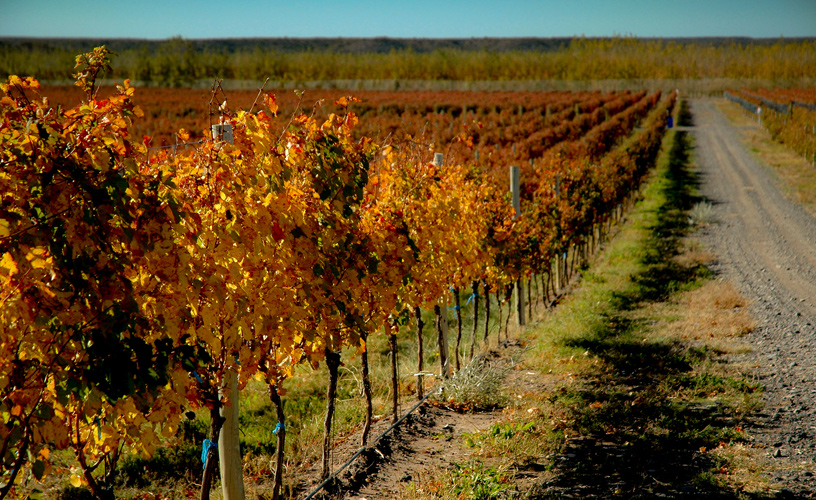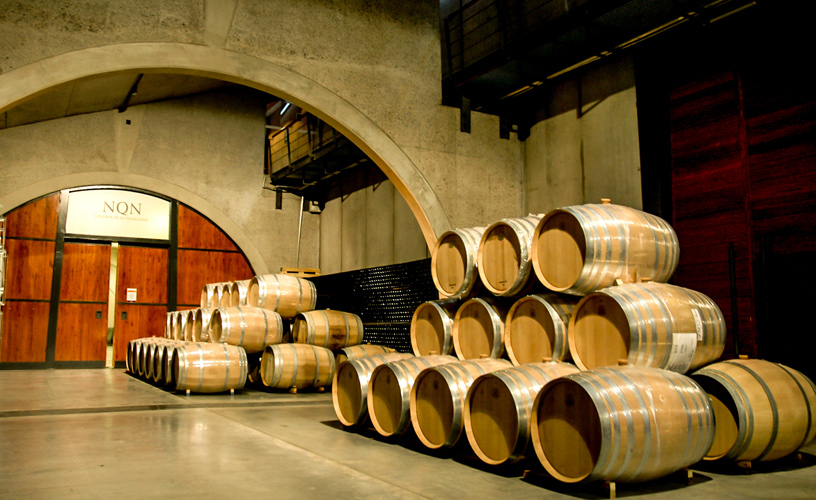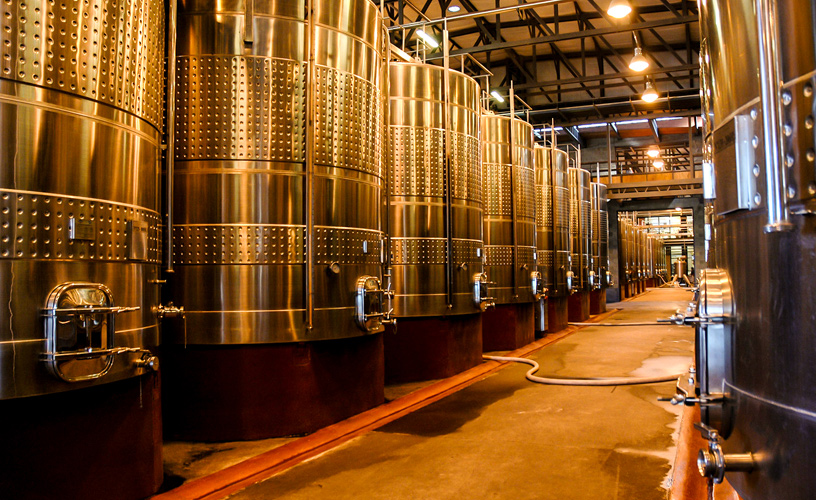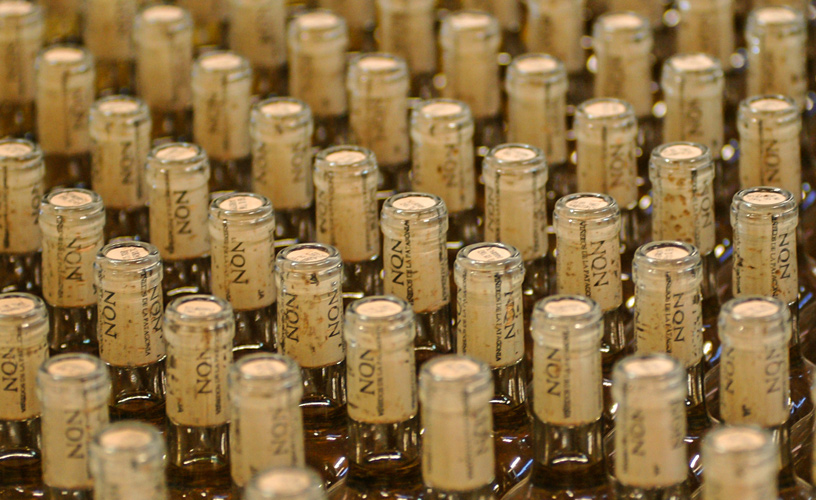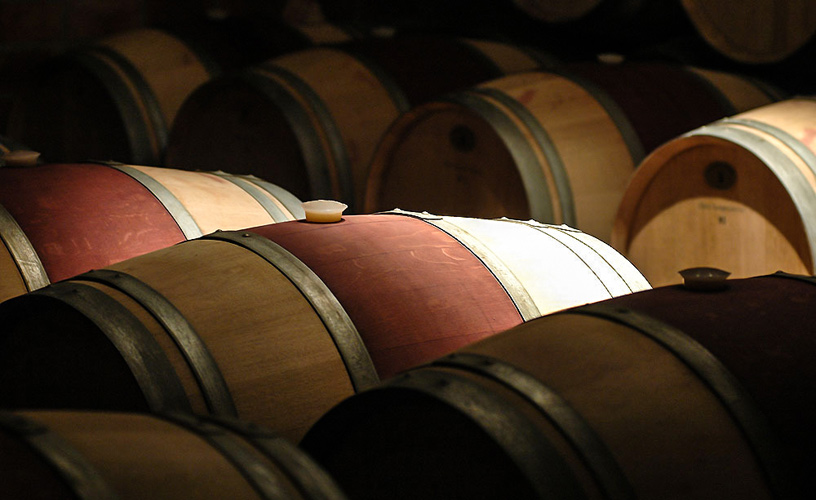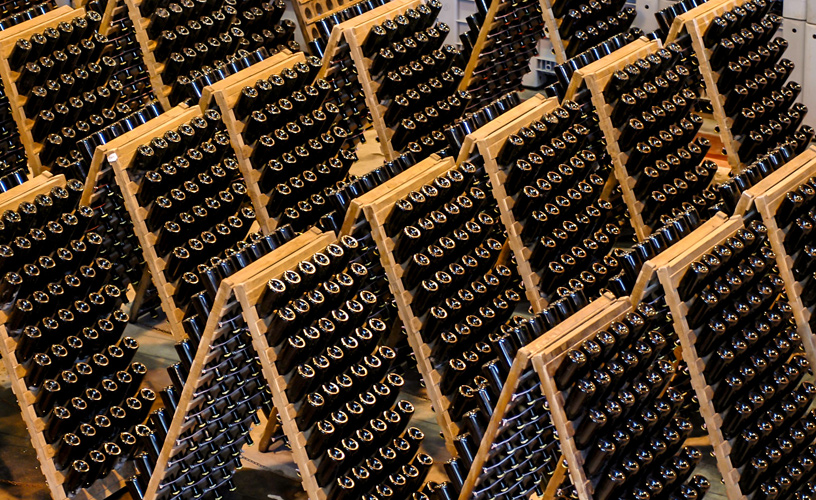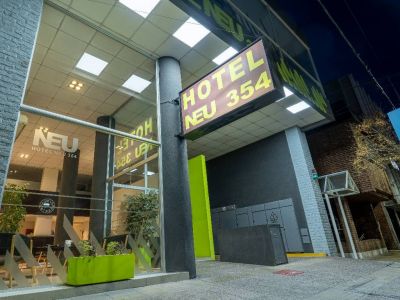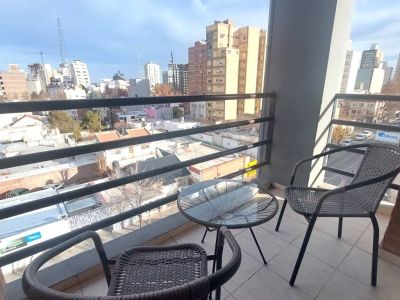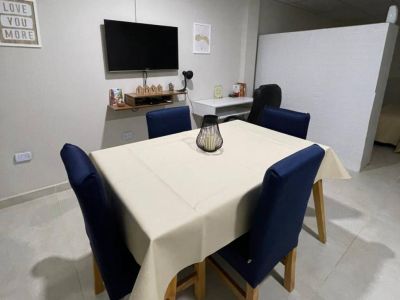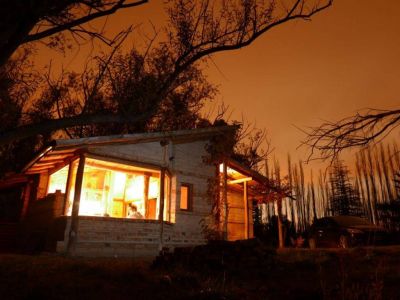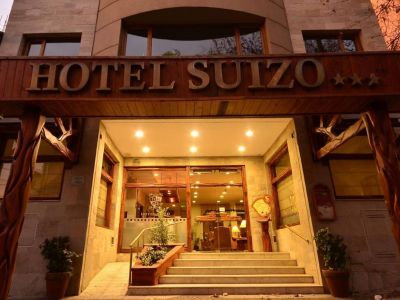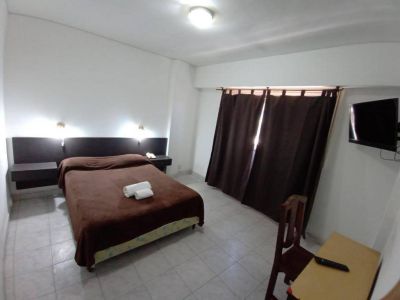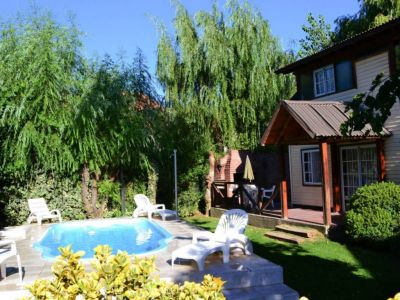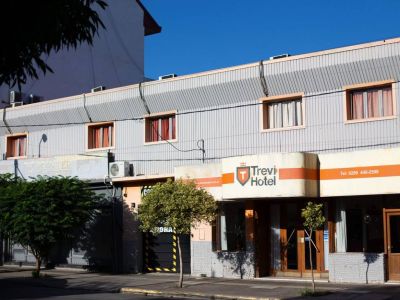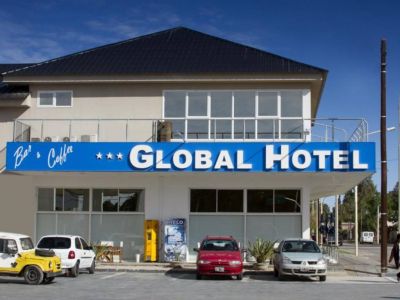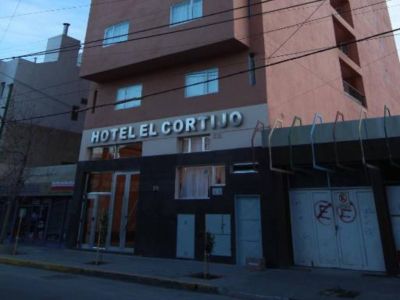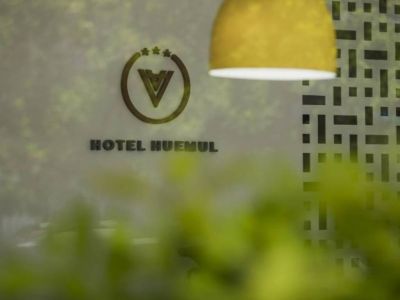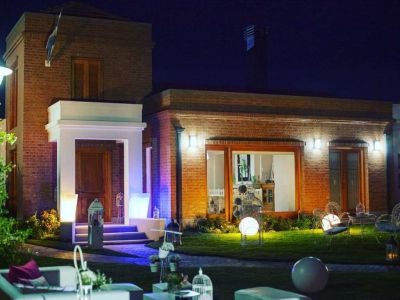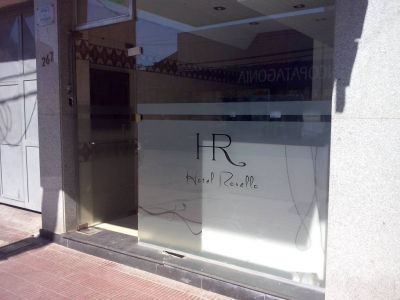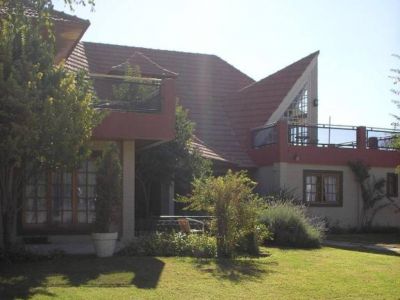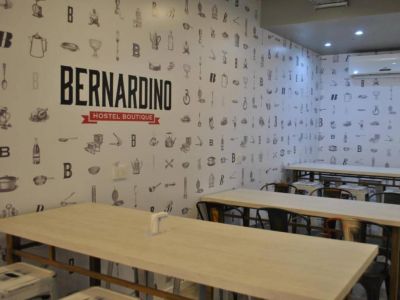Beverages from the End of the World
We visited one of the southernmost wineries in the planet. Amidst barrels and casks, we learnt about winemaking. We celebrated the visit by tasting delicious varietals.
The soil of the fields was sandy and muddy. The dry weather, the constant moderate winds and the thermal amplitude provided great sanity to the crops and an excellent level of acidity. We were in the district of San Patricio del Chañar, in the crossroads of Provincial Routes 7 and 8, 60 kilometers from the city of Neuquén, visiting maybe one of the southernmost wine cellars in the planet. We were welcomed by the winery staff, which is in charge of explaining to us how the varietals and bivarietals of the Bodega del Fin del Mundo (End-of-the-World Winery) are made, as we went on a tour around the facilities. We were foretold that at the end of the tour, we would pass onto the winery’s tasting room, where we would experiment those wines.
The facilities had four modules, out of which the first three had been built. We learnt that, during this stage, the winery had a hundred and ninety French stainless steel tanks with a storage capacity of 3,936,000 liters. It was estimated that the final capacity of the winery would be of about 8,000,000 liters. We went across the fermentation rooms and paid careful attention to the explanation provided by our guide, who told us about the process required to make these wines. “The harvest is made manually –the disposition of the vineyards foresees the use of mechanical harvest if necessary– and grapes are gathered in 20-kilo boxes”, he boasted. After the skin, the seeds and the stalk have been taken off, the juice is put into the fermentation barrels. “They have a cooling jacket to control the temperature. A 200,000 frigories equipment is used to keep the tanks at the right temperature.” As we walked towards the cellar, we were told that as rainfall is scarce in the area, the irrigation of vineyards is carried out by means of computerized systems, thus “fertirrigation” is practiced. “The water comes from the Neuquén River. It is snowmelt water from the Andes Mountain Range. The main channel built by the Bodega del Fin del Mundo starts at the Neuquén River, on which bank lie the pumping stations that carry pressurized waters to the farms, so that each plant may receive the right volume of water and fertilizer, thus enabling a balanced growth.” At the cellar, we watched 1,200 casks made of French and American oak and which have a storage capacity of 4,206,000 liters. We continued the tour. At the lab, we caught Marcelo Miras, the senior enologist of the winery, working among pipettes and test tubes. Respectful and in silence, we watched his work. Then, we passed onto the bottling room. In this section, about 2,500 bottles are processed per hour. Absorbed by the magnitude of the work and the effort represented by winemaking in these latitudes, very enthusiastically, we moved onto the tasting room. There we tasted the Premium wines and the three red wine lines, both varietals and bivarietals, with various characteristics for various tastes. We are amazed by the wine called Postales del Fin del Mundo (End-of-the-World Postcards), as it is young, aromatic and fruity. The varietal characteristics of the grapes outstand in this wine. The Fin del Mundo Winery manages to make round wines which remain in the mouth for a long time and constitute the maximum wine expression in Patagonia.
Marcelo Sola
Mario Ptasik
Contact of the excursion or tour
Bodega del Fin del Mundo
San P. del Chañar - R. Prov. 8 Km. 9, Neuquén, Neuquén, Agentina
Phone: +54 299-4855004
Chañar. The winery is located in the crossroads of Provincial Routes 7 and 8.
